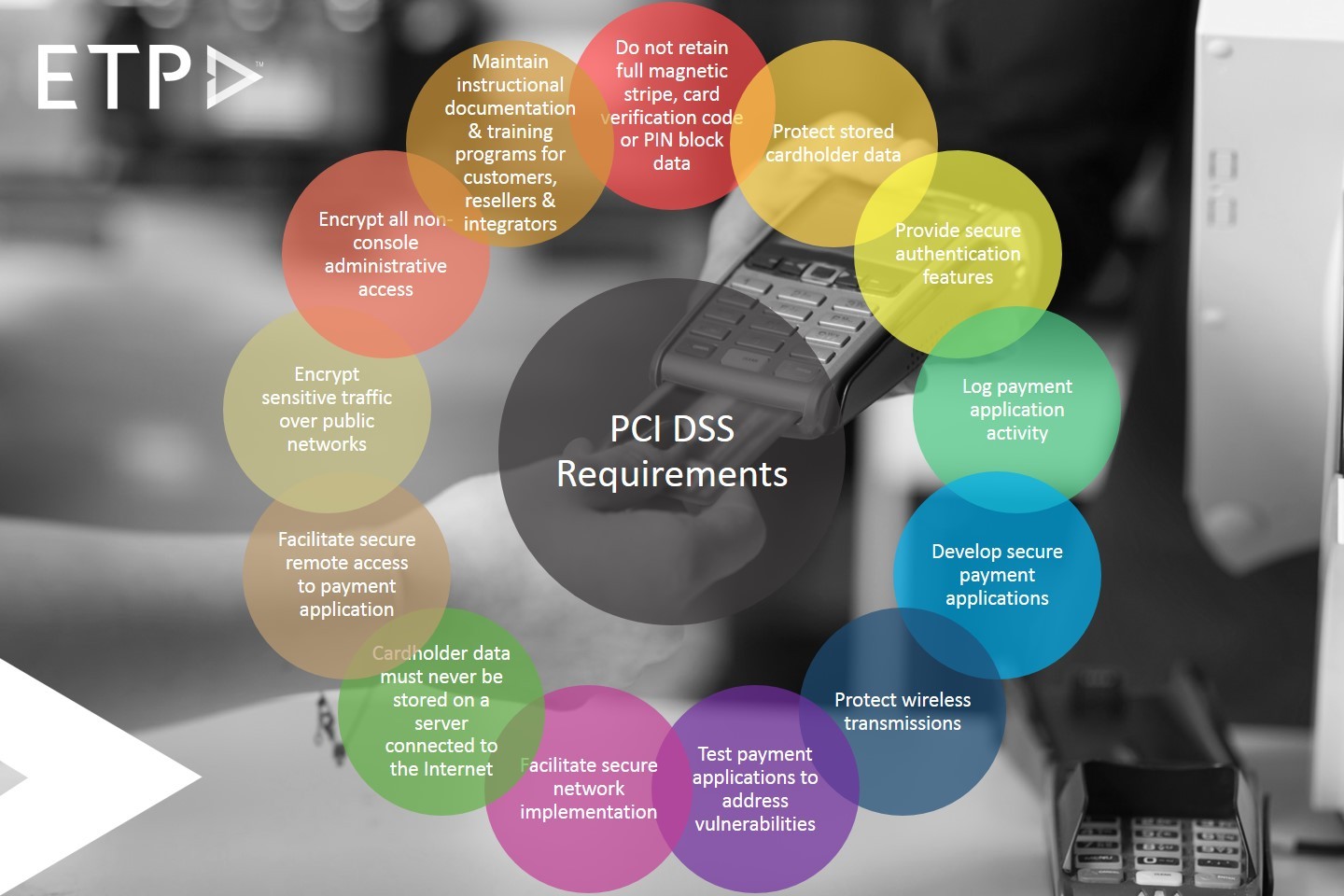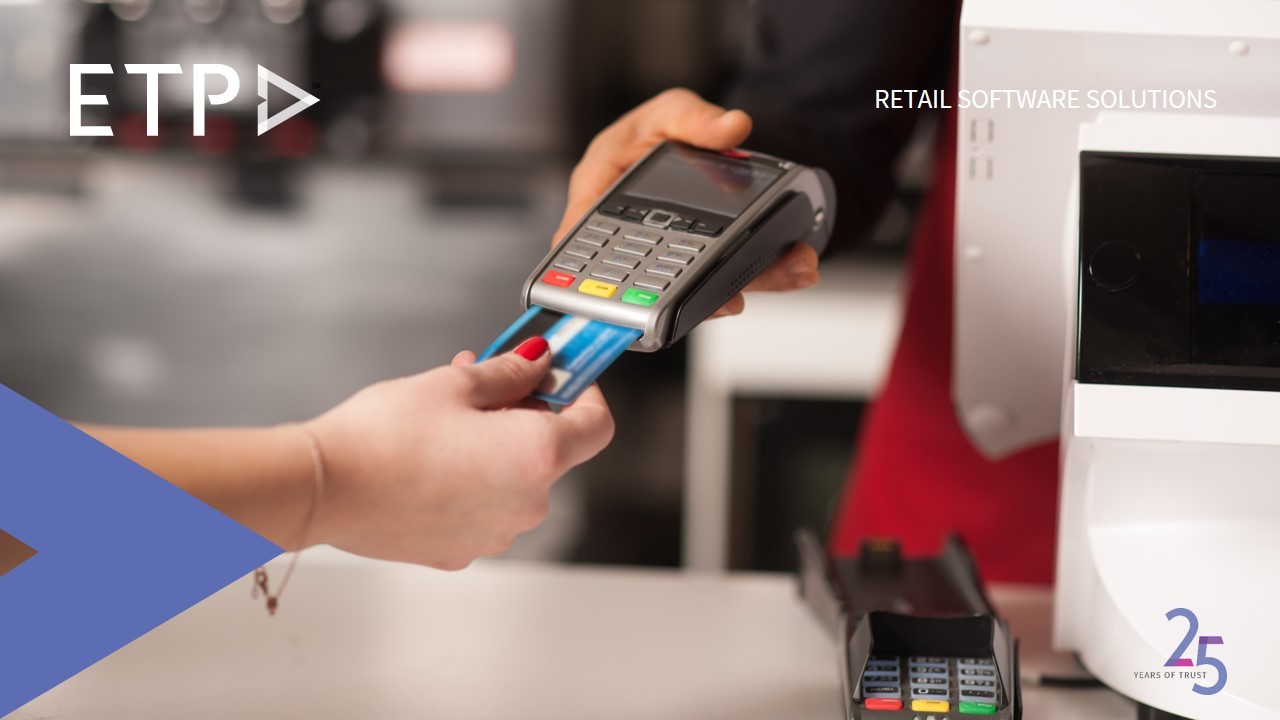
Retail data analytics involves the process of collecting, analyzing, and interpreting data related to retail operations. This data can come from various sources such as sales transactions, customer feedback, inventory levels, and even social media interactions.
By understanding and utilizing this data, retailers can make informed decisions that enhance customer experiences, optimize inventory management, and ultimately drive business growth. Data analytics allows retailers to identify trends, predict future sales, and tailor marketing efforts to meet the specific needs of their target audience.
Key Metrics to Track for Retail Success
To achieve success in retail, it’s essential to monitor key metrics that provide insights into various aspects of the business. Some of the most important metrics include sales per square foot, inventory turnover rate, and customer lifetime value.
Sales per square foot measures the efficiency of your retail space in generating revenue. Inventory turnover rate helps in understanding how quickly products are sold and replaced, indicating the effectiveness of inventory management. Customer lifetime value (CLV) provides an estimate of the total revenue a business can expect from a single customer over the course of their relationship. Tracking these metrics helps retailers make data-driven decisions to improve their operations and profitability.
How SAAS Solutions Enhance Retail Data Analytics
Software-as-a-Service (SAAS) solutions have revolutionized retail data analytics by providing accessible, scalable, and cost-effective tools for data management and analysis. These solutions enable retailers to collect and analyze vast amounts of data in real-time, offering actionable insights that can drive business growth.
SAAS platforms often come with advanced features such as machine learning algorithms, predictive analytics, and customizable dashboards. These tools allow retailers to identify patterns, forecast demand, and personalize customer experiences more effectively. By leveraging SAAS solutions, retailers can stay ahead of the competition and respond quickly to changing market conditions.
How ETP Unify Helps with Data Analytics
ETP Unify is a powerful SAAS platform that helps retailers harness the power of data analytics. With its advanced analytics capabilities, ETP Unify enables retailers to gain deep insights into their operations and make data-driven decisions. The platform provides real-time dashboards, customizable reports, and predictive analytics tools that empower retailers to optimize their strategies and drive growth.
Furthermore, ETP Unify integrates seamlessly with existing systems, allowing retailers to consolidate data from multiple sources and gain a holistic view of their business. This integration eliminates data silos and ensures that retailers have access to accurate and up-to-date information. By leveraging ETP Unify, retailers can unlock the full potential of their data and achieve sustainable business growth.
Future Trends in Retail Data Analytics
The future of retail data analytics is poised to be shaped by several emerging trends. One of the most significant trends is the increasing use of artificial intelligence (AI) and machine learning to enhance data analysis and decision-making processes. AI can help retailers predict consumer behavior, automate inventory management, and optimize pricing strategies.
Another trend is the growing importance of omnichannel data integration, where retailers combine data from various channels, such as online stores, physical stores, and social media, to gain a comprehensive view of their customers. Additionally, privacy and data security will continue to be a critical focus, as retailers must ensure that they are handling customer data responsibly and complying with regulations. By staying attuned to these trends, retailers can harness the full potential of data analytics to drive business growth and innovation.




